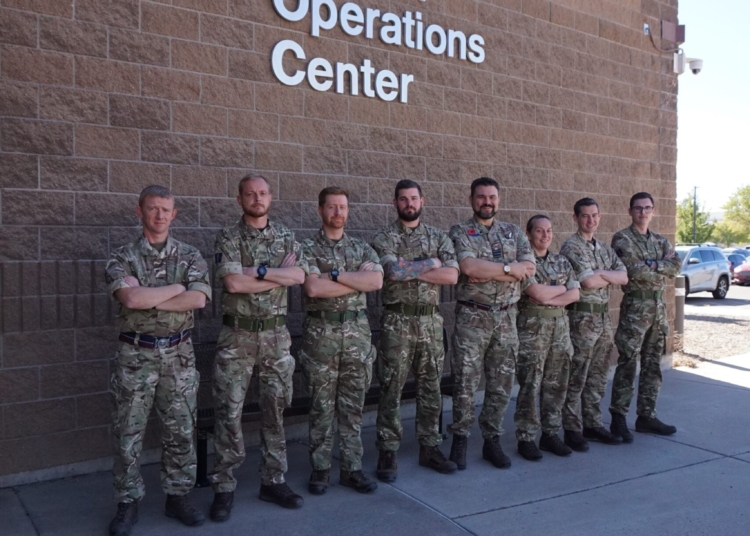The success of military operations heavily relies on the preparedness of personnel. Effective training resources ensure that personnel are equipped with the necessary knowledge and skills. When creating these resources, it is important to consider factors such as content relevance, accessibility, and user engagement. By using HTML headings, content creators can provide a clear and organized structure for the material. These headings allow for a logical and sequential organization, improving readability, organization, accessibility, and search engine optimization. Following best practices, such as consistency and conciseness, ensures that the training resources are informative and user-friendly. Ultimately, effective training resources contribute to the overall readiness and effectiveness of the armed forces.
Creating Effective Training Resources for Military Personnel
Introduction
Military personnel undergo rigorous training to prepare them for various operational challenges. A crucial aspect of this training is the availability of effective resources that provide valuable knowledge and skills to the personnel. In today’s digital age, the use of technology and online resources has become increasingly important in delivering training to military personnel. This article will focus on creating effective training resources for military personnel and the use of HTML headings for organizing and structuring the content.
Importance of Effective Training Resources
The success of any military operation depends heavily on the preparedness and capabilities of the personnel involved. Effective training resources play a significant role in ensuring that personnel are adequately equipped with the necessary knowledge and skills to perform their duties effectively. These resources provide a structured approach to learning and allow for the consistent delivery of training materials.
By providing military personnel with access to high-quality training resources, the military can ensure that its personnel are well-prepared for the challenges they may face in the field. This, in turn, contributes to enhancing the overall readiness and effectiveness of the armed forces.
Creating Effective Training Resources
When creating training resources for military personnel, it is important to consider various factors such as content relevance, accessibility, and user engagement. The use of HTML headings can greatly contribute to the effectiveness of these resources by providing a clear and organized structure for the content.
HTML Headings for Organizing Content
HTML headings are an essential part of creating well-structured and organized content for online training resources. They allow content creators to divide the material into different sections and sub-sections, making it easier for users to navigate and find relevant information.
Heading levels range from H1 to H6, with H1 representing the main heading and H6 representing the smallest sub-heading. Using these headings in a hierarchical manner allows for a logical and sequential organization of the content, making it easier for readers to follow along and comprehend the material.
Benefits of Using HTML Headings
There are several benefits to using HTML headings when creating training resources for military personnel. These include:
– Improved readability: By breaking down the content into different sections and sub-sections, HTML headings make the material easier to read and comprehend.
– Better organization: HTML headings provide a clear and organized structure for the content, allowing users to navigate through the material seamlessly.
– Enhanced accessibility: Headings help in creating a more accessible experience for users who may be using screen readers or other assistive technologies.
– Search engine optimization (SEO): Proper use of headings can contribute to better SEO for the training resources, making it easier for users to find the material online.
Best Practices for Using HTML Headings
When using HTML headings for organizing training resources, it is important to follow best practices to ensure maximum effectiveness. Some best practices include:
– Consistency: Use a consistent heading structure throughout the training resources to create a standardized experience for the users.
– Avoid skipping heading levels: Jumping from H1 to H3, for instance, can disrupt the logical flow of the content. It’s important to use headings in a hierarchical manner.
– Conciseness: Keep headings clear and concise, and avoid using overly long or complex headings that may confuse the reader.
– Use headings to summarize content: Each heading should provide a brief overview of the section it represents, serving as a guide for the reader.
Conclusion
Effective training resources are crucial for preparing military personnel for their roles and responsibilities. By utilizing HTML headings for organizing and structuring the content, training resources can be made more accessible, readable, and engaging for the users. This can contribute significantly to the overall readiness and effectiveness of the armed forces. By following best practices and ensuring the consistent use of headings, content creators can create training resources that are both informative and user-friendly, ultimately benefiting the military personnel they are designed for.












